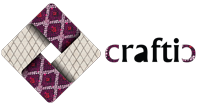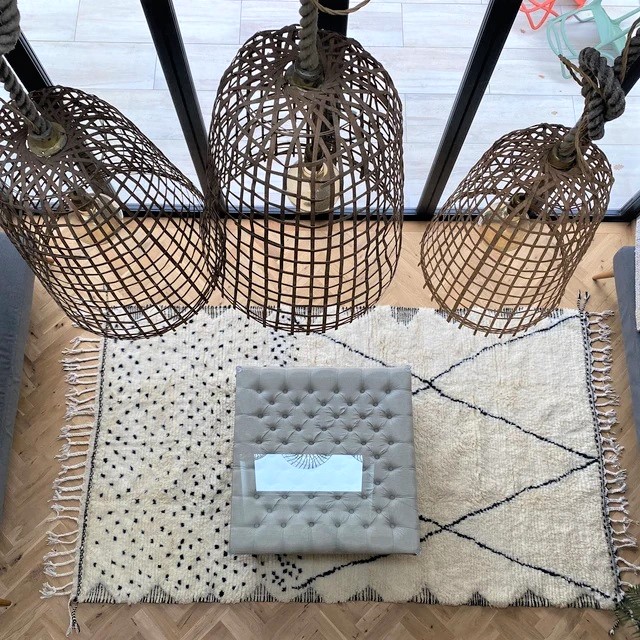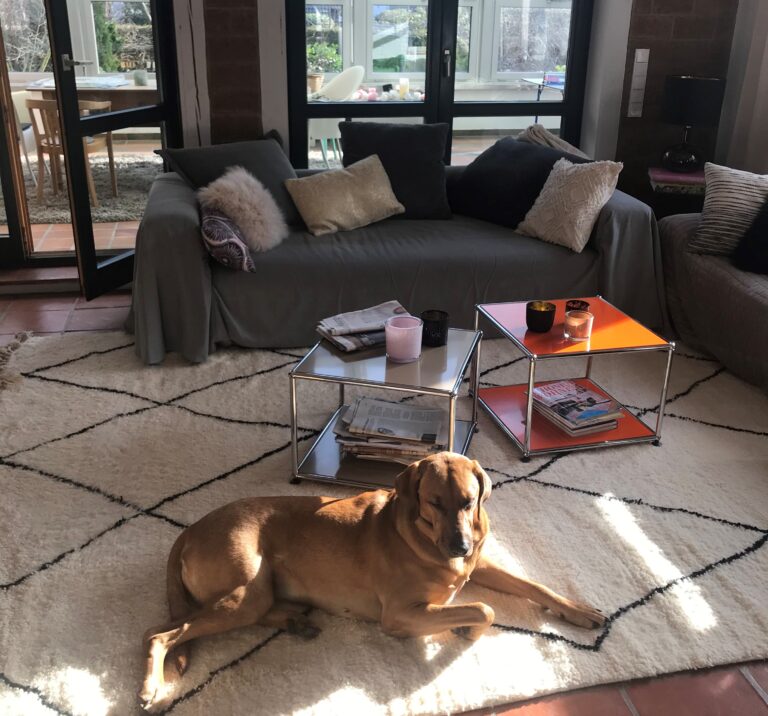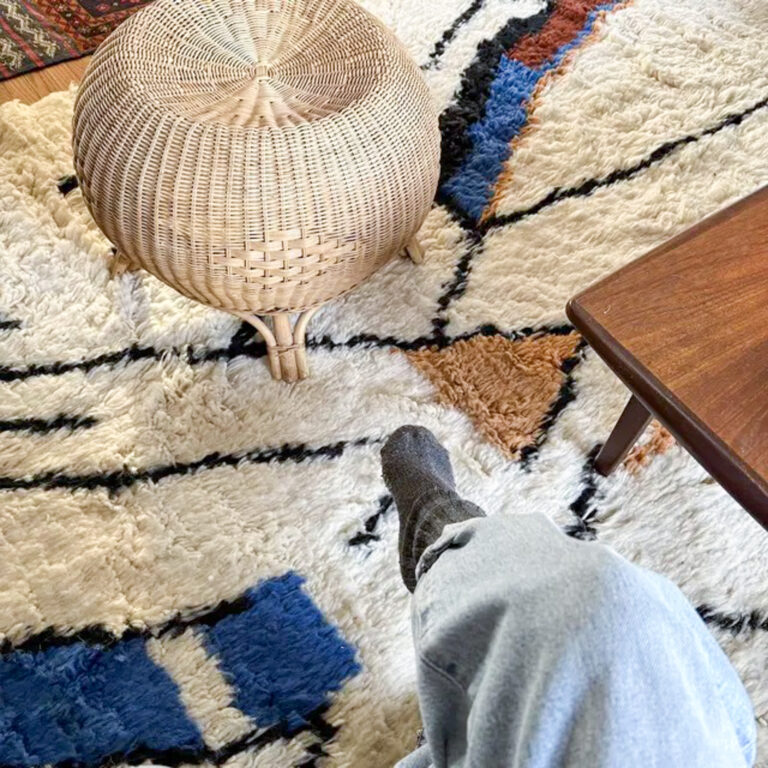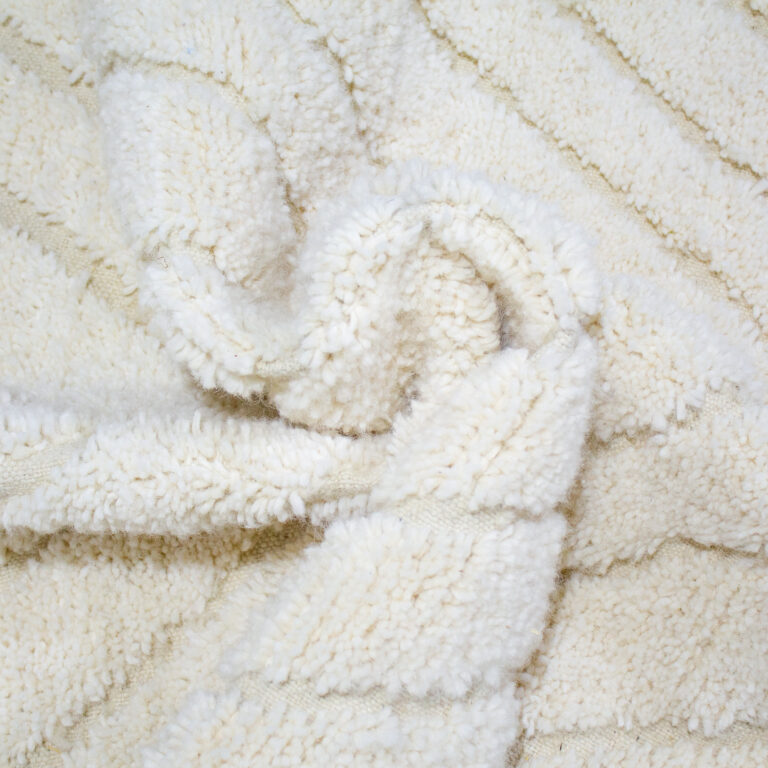Unveiling the True Value: A Comprehensive Guide to Understanding the Real Cost of a Moroccan Rug
Unveiling the True Value: A Comprehensive Guide to Understanding the Real Cost of a Moroccan Rug
Moroccan rugs are more than mere floor coverings; they are vibrant narratives woven with the rich tapestry of Berber and Arab heritage, reflecting centuries of tradition, artistry, and cultural expression. If you’re captivated by their unique allure and considering investing in one for your home or anywhere else, understanding the multifaceted cost of a Moroccan rug – encompassing value, authenticity, and ethical considerations – is paramount. This comprehensive guide breaks down the intricacies of Moroccan rug pricing, empowering you to make an informed and meaningful purchase.
I. Beyond the Price Tag: Recognizing the Inherent Value of a Moroccan Rug
While a monetary figure will ultimately determine your purchase, it’s crucial to first appreciate the intrinsic value woven into every authentic Moroccan rug:
- A Tapestry of Cultural Heritage: Each rug is a tangible link to Morocco’s diverse cultural landscape, carrying the artistic traditions, symbolic language, and historical narratives of the region’s indigenous Berber tribes and Arab influences. Owning one is owning a piece of this vibrant heritage.
- A Testament to Artisanal Skill: Authentic Moroccan rugs are painstakingly handcrafted by skilled artisans, often women in rural communities, who have honed their weaving techniques over generations. Their expertise, dedication, and artistic vision are invaluable and contribute significantly to the rug’s worth.
- A Unique Work of Art: No two handmade Moroccan rugs are exactly alike. The variations in design, color, and even slight imperfections are testaments to the individual weaver’s creativity and the organic nature of the handcrafting process, making each rug a unique work of art.
- A Sustainable and Natural Choice: Traditionally crafted Moroccan rugs utilize natural materials like wool, cotton, and sometimes natural dyes, making them a more sustainable and environmentally conscious choice compared to synthetic alternatives.
II. Decoding the Price: Key Factors Influencing the Cost of a Moroccan Rug
The cost of a Moroccan rug is influenced by a confluence of factors, reflecting its quality, artistry, and origin:
- A. Materials:
- Wool Quality: The type and quality of wool used (e.g., high-altitude sheep wool known for its softness and durability) significantly impact the price. Hand-spun wool, often prized for its unique texture, can also increase the cost.
- Cotton Content: Some rugs incorporate cotton for the foundation or specific design elements. The quality and amount of cotton used will factor into the price.
- Recycled Materials (Boucherouite): While made from recycled textiles, authentic Boucherouite rugs are valued for their artistic innovation and unique character, and their price reflects the weaver’s creativity and the rarity of specific color combinations and textures.
- B. Artisan Skill and Labor:
- Weaving Complexity: Intricate designs with numerous knots per square inch require significantly more time and skill to create, leading to a higher price.
- Artisan Expertise: The reputation and experience of the weaver or the weaving collective can influence the price, especially for highly sought-after designs or techniques.
- Time Investment: The sheer amount of time dedicated to weaving a rug, which can range from weeks to months depending on size and complexity, is a major factor in its cost.
- C. Size and Dimensions: Larger rugs naturally require more materials and significantly more labor, resulting in a higher price point.
- D. Design and Rarity:
- Traditional vs. Contemporary Designs: While both have their value, certain traditional tribal designs or antique pieces may command higher prices due to their historical significance and rarity.
- Uniqueness and Originality: Highly original or unusual designs can also fetch a premium.
- E. Origin and Region: Rugs from specific regions known for their distinct weaving styles and quality (e.g., Beni Ourain from the Middle Atlas, Azilal from the High Atlas) may have different price ranges.
- F. Market Factors and Intermediaries: The journey of the rug from the weaver to the buyer involves various intermediaries (e.g., local cooperatives, exporters, retailers), each adding a margin. Buying directly from artisans or cooperatives can potentially reduce the final price but requires careful navigation.
- G. Ethical Sourcing and Fair Trade Practices: Rugs sourced through fair trade initiatives, ensuring artisans receive fair wages and work in ethical conditions, may have a slightly higher price that reflects these values.
III. Spotting Authenticity: Essential Tips for Recognizing a Genuine Moroccan Rug
Distinguishing a handcrafted Moroccan rug from a mass-produced imitation is crucial to ensuring you invest in a genuine piece of artistry:
- A. Embrace Imperfection: Look for the subtle variations and irregularities inherent in handwoven textiles. Perfectly uniform patterns and flawless lines are often indicative of machine production.
- B. Examine the Weaving Technique:
- Back Inspection: Flip the rug over and examine the back. Hand-knotted rugs will show individual knots, often with a slightly uneven texture. Machine-made rugs typically have a consistent, often glued or latexed backing with a clearly defined, uniform weave pattern.
- Fringe Attachment: In authentic rugs, the fringe is often an extension of the warp threads (the vertical threads of the foundation). In machine-made rugs, the fringe is usually sewn on separately.
- C. Assess Material Quality:
- Natural Fibers: Genuine Moroccan rugs will primarily use natural fibers like wool and cotton. Feel the rug for its characteristic texture and warmth. Be wary of overly shiny or slippery synthetic fibers.
- Smell Test: Natural wool has a distinct, earthy scent. A strong chemical odor is a red flag.
- D. Appreciate Design Nuances: While patterns may be repeated, handmade rugs will exhibit slight variations in color intensity, motif size, and overall execution.
- E. Consider the Weight and Handle: Authentic wool rugs tend to be heavier and have a more substantial feel than synthetic imitations.
IV. Navigating the Market: Choosing the Right Place to Purchase Your Moroccan Rug in Skhirat and Beyond
Where you buy your Moroccan rug significantly impacts the price, authenticity, and your ability to support local artisans:
- A. Souks and Artisan Cooperatives in Morocco (e.g., Rabat, Marrakech): Buying directly in Morocco, including in local markets and artisan cooperatives near Skhirat, offers the most direct connection to the source and the potential for negotiation. However, it requires careful vetting of vendors to ensure authenticity and fair pricing.
- B. Reputable Physical Stores and Galleries: Specialized rug retailers and art galleries, whether in Morocco or internationally, often curate collections of authentic Moroccan rugs and can provide expert advice and assurances of quality.
- C. Trusted Online E-Shops: Numerous online platforms specialize in ethically sourced and authentic Moroccan rugs, providing detailed product information, high-quality images, and often direct connections to artisan communities. Look for transparent sourcing practices, customer reviews, and clear return policies.
- D. Auctions and Antique Dealers: While potentially offering unique vintage pieces, auctions and antique dealers require a high level of expertise to assess authenticity and condition.
V. A Word of Caution: Understanding the Implications of Low-Cost Rugs
The allure of a cheap “Moroccan-style” rug can be tempting, but it’s crucial to understand the potential downsides:
- Compromised Quality: Mass-produced, low-cost rugs often utilize inferior synthetic materials that lack the durability, texture, and natural beauty of genuine wool or cotton.
- Lack of Authenticity and Cultural Value: These imitations lack the handcrafted artistry and cultural significance of authentic Berber or Arab weavings.
- Unethical Production Practices: Extremely low prices can indicate exploitation of labor and unsustainable production methods. By choosing authentic, fairly priced rugs, you support ethical practices and the livelihoods of artisans.
VI. The Importance of Fair Prices: Investing in Art, Culture, and Ethical Practices
Ultimately, understanding the true cost of a Moroccan rug involves recognizing its value as a piece of art, a cultural artifact, and the product of skilled labor. Prioritizing fair prices ensures:
- Fair Compensation for Artisans: Supporting ethical sourcing and fair trade practices guarantees that weavers receive fair wages for their time, skill, and artistry, contributing to the economic well-being of their communities, including those around Skhirat.
- Preservation of Traditional Craftsmanship: Fair prices incentivize the continuation of traditional weaving techniques and the transmission of this valuable cultural heritage to future generations.
- Sustainable Practices: Supporting artisans who use natural materials and traditional methods encourages environmentally responsible practices.
Conclusion: Making a Meaningful Investment in a Moroccan Rug
Investing in an authentic Moroccan rug is an investment in beauty, culture, and ethical practices. By understanding the factors that contribute to its value and price, and by knowing how to identify a genuine, handcrafted piece, you can make a purchase that enriches your home and honors the rich artistic heritage of Morocco and its talented artisans. Take your time, ask questions, and choose a rug that truly speaks to you – a tangible piece of Moroccan soul for your space or wherever you call home.
